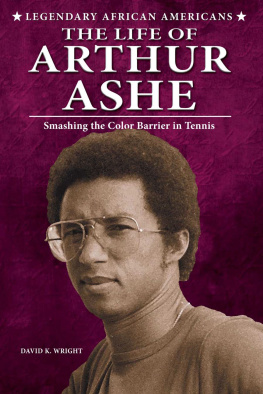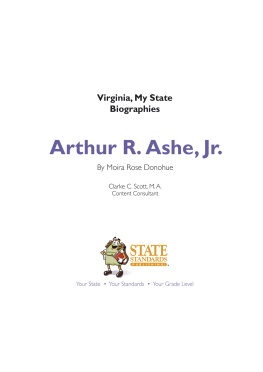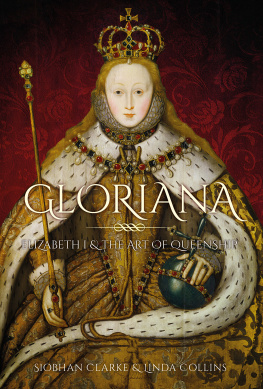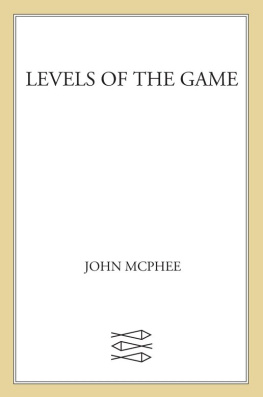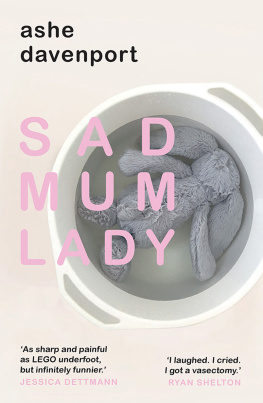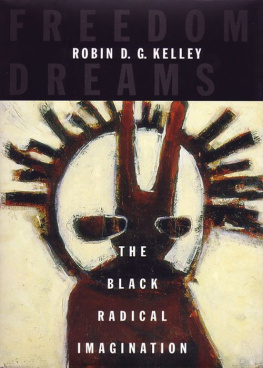SLAVERY AND THE POST-BLACK IMAGINATION
SLAVERY AND THE POST-BLACK IMAGINATION
Edited by
Bertram D. Ashe and Ilka Saal
UNIVERSITY OF WASHINGTON PRESS
Seattle
Slavery and the Post-Black Imagination was made possible in part by a grant from the V Ethel Willis White Endowment, which supports the publication of books on African American history and culture.
Copyright 2020 by the University of Washington Press
Printed and bound in the United States of America
Composed in Warnock Pro, typeface designed by Robert Slimbach
242322212054321
All rights reserved. No part of this publication may be reproduced or transmitted in any form or by any means, electronic or mechanical, including photocopy, recording, or any information storage or retrieval system, without permission in writing from the publisher.
UNIVERSITY OF WASHINGTON PRESS
uwapress.uw.edu
LIBRARY OF CONGRESS CATALOGING-IN-PUBLICATION DATA
Names: Saal, Ilka, editor. | Ashe, Bertram D., 1959- editor.
Title: Slavery and the post-black imagination / edited by Bertram D. Ashe and Ilka Saal.
Description: 1st. | Seattle : University of Washington Press, 2020. | Includes bibliographical references and index.
Identifiers: LCCN 2019018122 (print) | LCCN 2019981446 (ebook) |
ISBN 9780295746647 (hardcover) |
ISBN 9780295746630 (paperback) |
ISBN 9780295746654 (ebook)
Subjects: LCSH: American literatureAfrican American authorsHistory and criticism. | American literature21st centuryHistory and criticism. | Slavery in literature. | Slavery in mass media.
Classification: LCC PS153.N5 S223 2020 (print) | LCC PS153.N5 (ebook) |
DDC 810.9/896073dc23
LC record available at https://lccn.loc.gov/2019018122
LC ebook record available at https://lccn.loc.gov/2019981446
The figures in chapter four are from Octavia E. Butlers KINDRED: A Graphic Novel Adaptation by Damian Duffy and John Jennings. KINDRED Copyright The Estate of Octavia E Butler. Adaptation copyright 2017 Damian Duffy and John Jennings. Based on the novel KINDRED by Octavia E. Butler 1979. Used by permission of Abrams Comic Arts, an imprint of Harry N. Abrams, Inc., New York. All rights reserved.
CONTENTS
Introduction
ILKA SAAL AND BERTRAM D. ASHE
The Blackest Blackness: Slavery and the Satire of Kara Walker
DEREK CONRAD MURRAY
Three-Fifths of a Black Life Matters Too: Four Neo-Slave Novels from the Year Postracial Definitively Stopped Being a Thing
DEREK C. MAUS
Whispering Racism in a Postracial World: Slavery and Post-Blackness in Paul Beattys The Sellout
CAMERON LEADER-PICONE
Getting Graphic with Kindred: The Neo-Slave Narrative of the Black Lives Matter Movement
MOLLIE GODFREY
Stay Woke: Post-Black Filmmaking and the Afterlife of Slavery in Jordan Peeles Get Out
KIMBERLY NICHELE BROWN
The Song: Living with Dixie and the Coon Space of Post-Blackness
CHENJERAI KUMANYIKA, JACK HITT, AND CHRIS NEARY, WITH AN INTRODUCTION BY BERTRAM D. ASHE
Performing Slavery at the Turn of the Millennium: Stereotypes, Affect, and Theatricality in Branden Jacobs-Jenkinss Neighbors and Young Jean Lees The Shipment
ILKA SAAL
Thylias Mosss Slave Moth: Liberatory Verse Narrative and Performance Art
MALIN PEREIRA
Plantation Memories: Cheryl Dunyes Representation of a Representation of American Slavery in The Watermelon Woman
BERTRAM D. ASHE
An Audience Is a Mob on Its Butt: An Interview with Branden Jacobs-Jenkins
BERTRAM D. ASHE AND ILKA SAAL
ACKNOWLEDGMENTS
The project was born during a prolonged telephone conversation between Toronto and Richmond in the spring of 2016. Its been a fun and exciting and sometimes quite tumultuous ride ever since. We would like to thank everyone who kept us going, in one way or another, at some point or another. Sincere thanks to our contributors for their fabulous work and to our editors, Larin McLaughlin and Caitlin Tyler-Richards, for their unwavering and generous support of the project from start to finish. We are grateful to Branden Jacobs-Jenkins for sharing an afternoon with us and indulging our myriad questions as well as to Chenjerai Kumanyika, Jack Hitt, and Chris Neary of the Uncivil podcast team at Gimlet Media for allowing us to publish the transcript of The Song. Furthermore, we appreciate the astute and helpful comments sent to us by the external reviewers as well as the financial and logistic support from the universities of Richmond and Erfurt. Bert would also like to thank ValerieI cant imagine life without you. And Ilka would like to thank Tristan and Anselm for giggles and cuddles and, above all, Jan for having her back, for his incredible love and patience, and for putting the commas in the right places.
SLAVERY AND THE POST-BLACK IMAGINATION
INTRODUCTION
ILKA SAAL AND BERTRAM D. ASHE
EACH GENERATION OF BLACKS DEMANDS MORE OF THE PAST, WRITES British-Guyanese poet and novelist Fred DAguiar. Not because they are suffering short-term memory loss or some such syndrome (after all, didnt the generation before have lots to say about slavery) but because they need their own version of the past, to see the past in their own images, words. To have slavery nuanced their way. Taking our cue from DAguiars observation, the question we pose in this essay collection is how artists growing up in the postcivil rights erawhich critics have variously dubbed the post-soul or post-black eraattempt to nuance slavery their way. How do their attempts differ from those of their predecessors, particularly from the authors of literary and visual neo-slave narratives of the 1970s and 80s, and where do they affirm significant continuities? What are the images, rhythms, and narratives that matter to todays artists? What politics of remembrance and what visions of the future do they articulate?
Inviting our contributors to reflect on these and similar questions, the collection of essays assembled here seeks to trace major ways in which artists have addressed the issue of transatlantic slavery and its legacies over the past thirty yearsthat is, ever since the publication of Toni Morrisons Beloved (1987). Morrisons landmark novel represents in many regards the culmination of the neo-slave narrative tradition, which has emerged steadily from the late 1960s onward. At the same time, Beloved also marks, as scholars such as Judith Misrahi-Barak, Stephen Best, and Margot Natalie Crawford have pointed out, a watershed moment with regard to the cultural and poetic scope of neo-slave narratives as well as with regard to the kind of relationship to the past they articulate. Misrahi-Barak, for instance, observes that in the wake of Beloved, neo-slave narratives have significantly expanded their
Similarly, there are indications that the more recent body of writing on slavery has begun to articulate a very different relationship to the past than the one exemplarily expressed by Morrisons Beloved, which Stephen Best describes as an essentially melancholic one. As Best considers the implications of such a melancholic attachment to the past for contemporary scholarship, he also points to a prominent change in Morrisons writing, the 2008 novel




